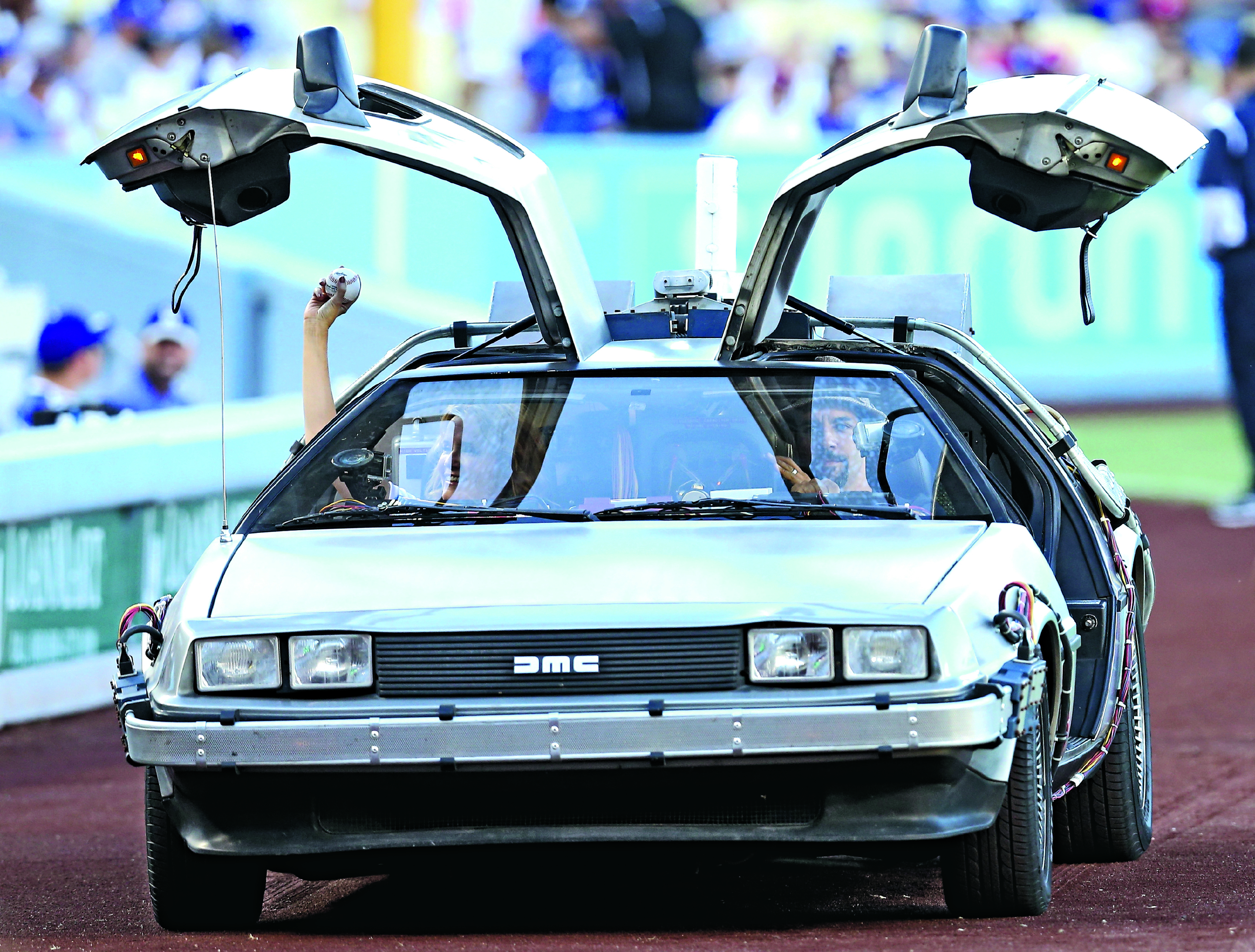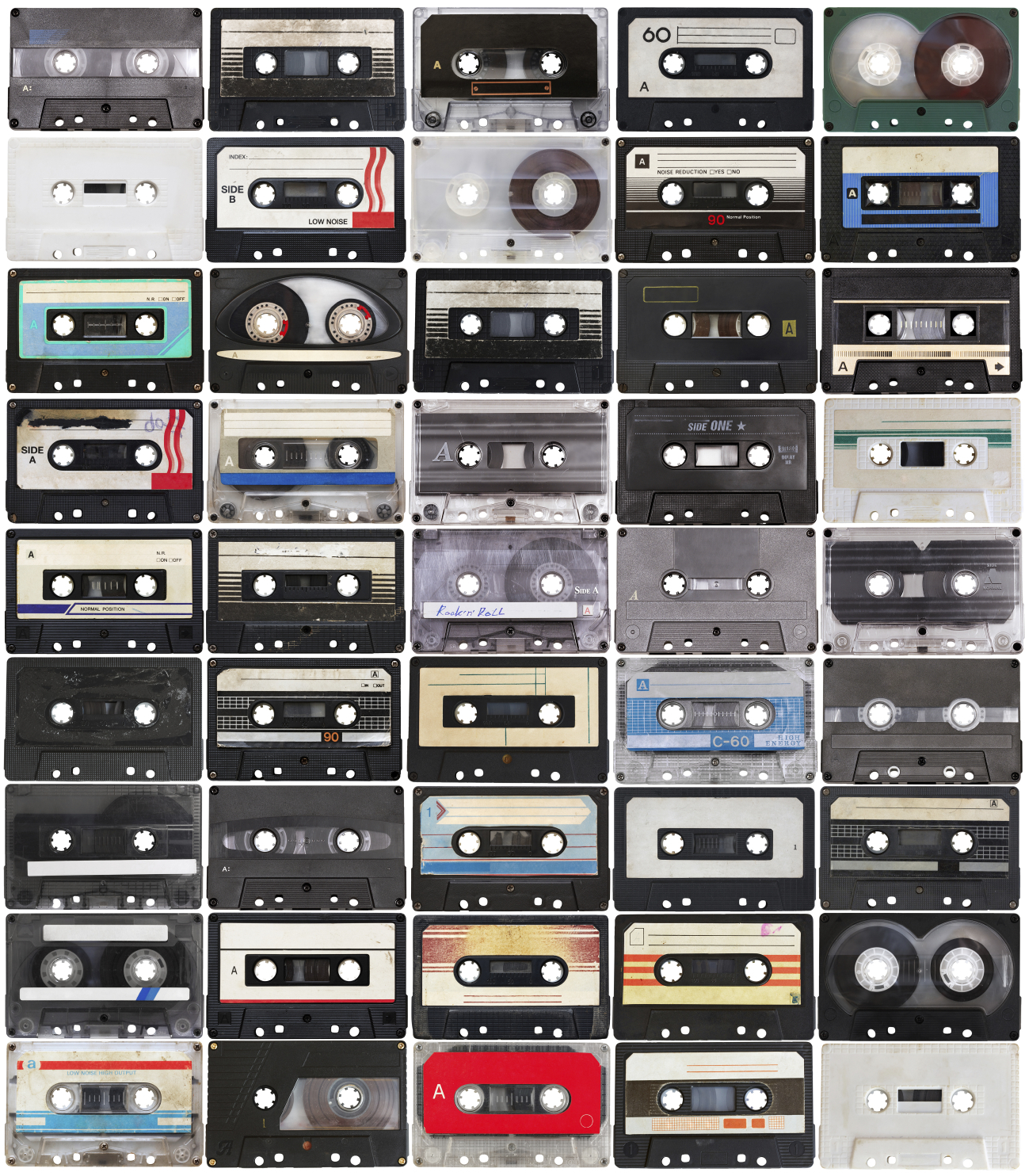
However, it’s hard to believe that home entertainment essentials of yesteryear would find a place in this high-tech, digital age.
But it was revealed this week cassette tapes have become the latest old favourite to make a comeback.
It’s “yestertech” – retro raves that have become hot all over again.
We take a look at what else is on the way back:
They used to be hissy and prone to unspooling in the players, requiring the tape to be – hopefully – rewound with the aid of a pen.
But cassettes were the way millions recorded their favourite songs off the radio chart show, cursing DJs who talked before the end.
The Walkman was the trendy way to listen to them on the move but Sony stopped producing their world-famous portable cassette player in 2010 after CDs and downloads had long taken over.
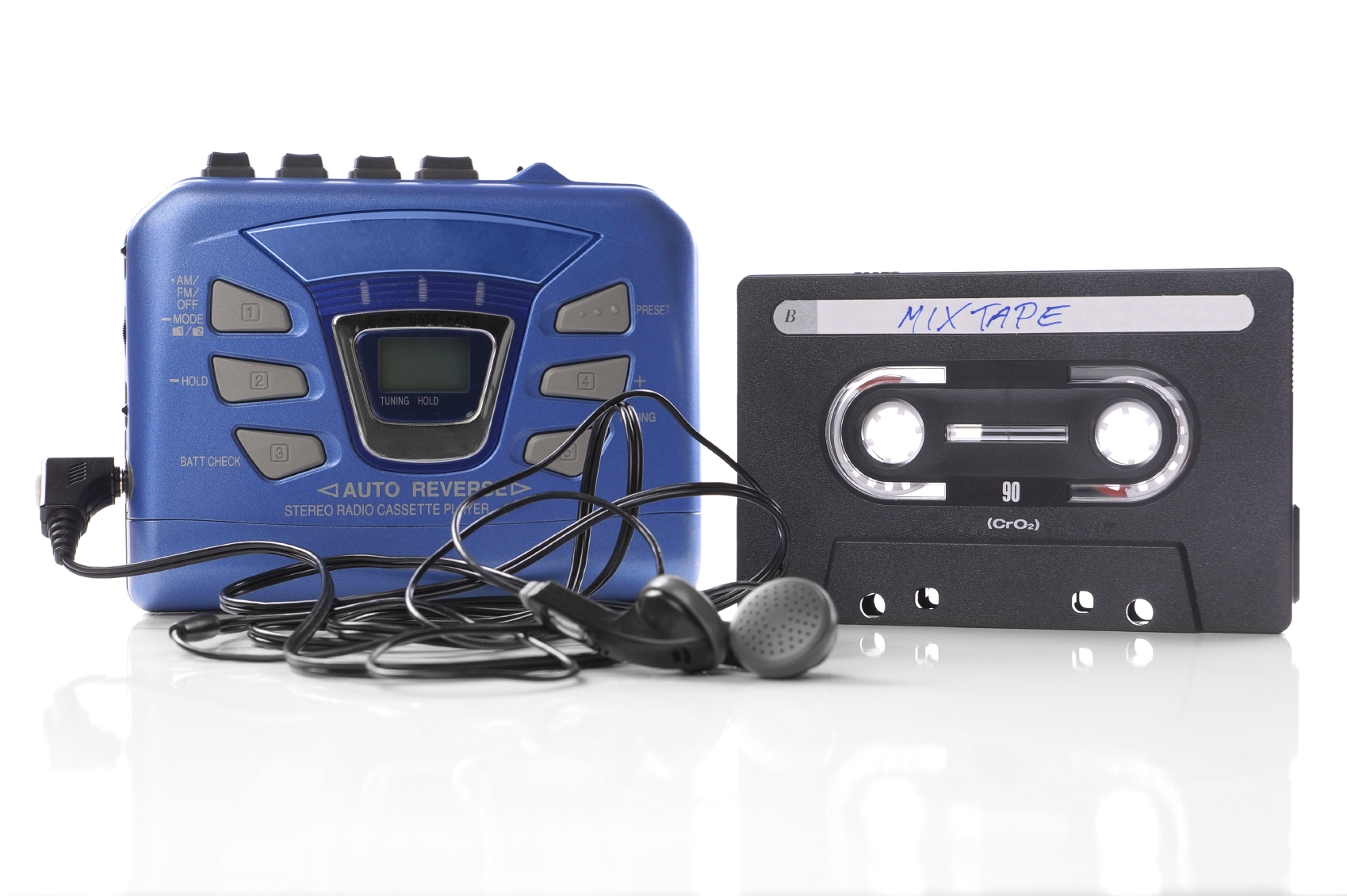
Now, sales are rising fast both here and the US, so fast that the Recording Industry Association of America is once more looking to track sales for charts.
Cassette lovers say that, like vinyl, the music just sounds better and superstars like Justin Bieber are now putting their new releases out on tape.
Combared to today’s gaming machines played by millions, the Sinclair ZX Spectrum is a quaint museum piece.
Dinky and with a rubbery keyboard, it was nonetheless a sensation when it launched back in 1982.
It was one of the very first home computers and as well as playing games and doing some computing tasks, you could write your own games. Millions of magazines were sold as novices scrolled through code listings and became gaming geeks.
Creator Sir Clive Sinclair says “the present surge of interest in retro products” inspired him to devise an updated version, the ZX Spectrum Vega+.
There has been such a positive reaction that the £100,000 fundraising target for the project was broken in just three days earlier this month.
As a result, the revamped version of the ‘80s classic microcomputer will go into production this summer.
Current hot TV series Vinyl, created by Mick Jagger, is set in the 1970s when vinyl was king.
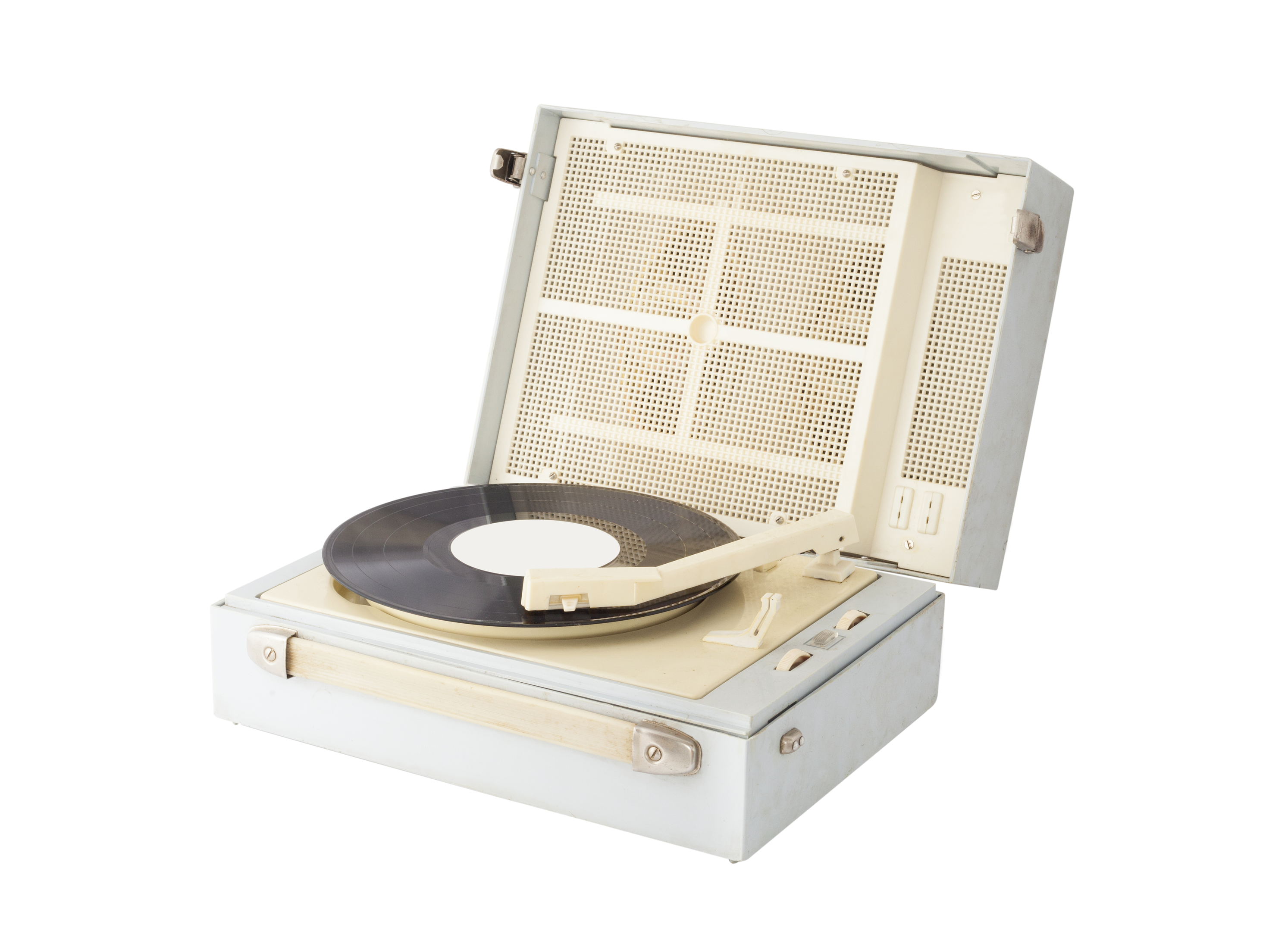
We bought our records in the hundreds of millions, dusting them, fearing scratches, cursing jumps and having to weigh down the stylus with a penny.
When CDs took off it seemed only the most dogged devotees were interested. But after eight years of sales increases, almost three million LPs were sold in 2015.
Such is the demand the Official Charts Company launched album and single charts for vinyl, with Adele a top seller.
Physically holding an LP and showing off the cover artwork on shelves, like those from IKEA specially designed to fit them, is part of the appeal. And fans say the depth of sound can’t be heard from a download.
HMV sold one turntable a minute at Christmas.
In a modern world where we want everything faster, the Polaroid Instant appeared ideal.
But the camera was cumbersome and the refills fairly expensive, so when digital cameras and then camera phones came along, it seemed to spell the end for the Polaroid. Let’s face it, you couldn’t fit one of them in your back pocket.
But even in this technological age of uploading photos to Facebook and Instagram, there’s still nothing to beat the feeling of holding a freshly-taken picture in your hand, and that’s where the Polaroid Snap comes in.
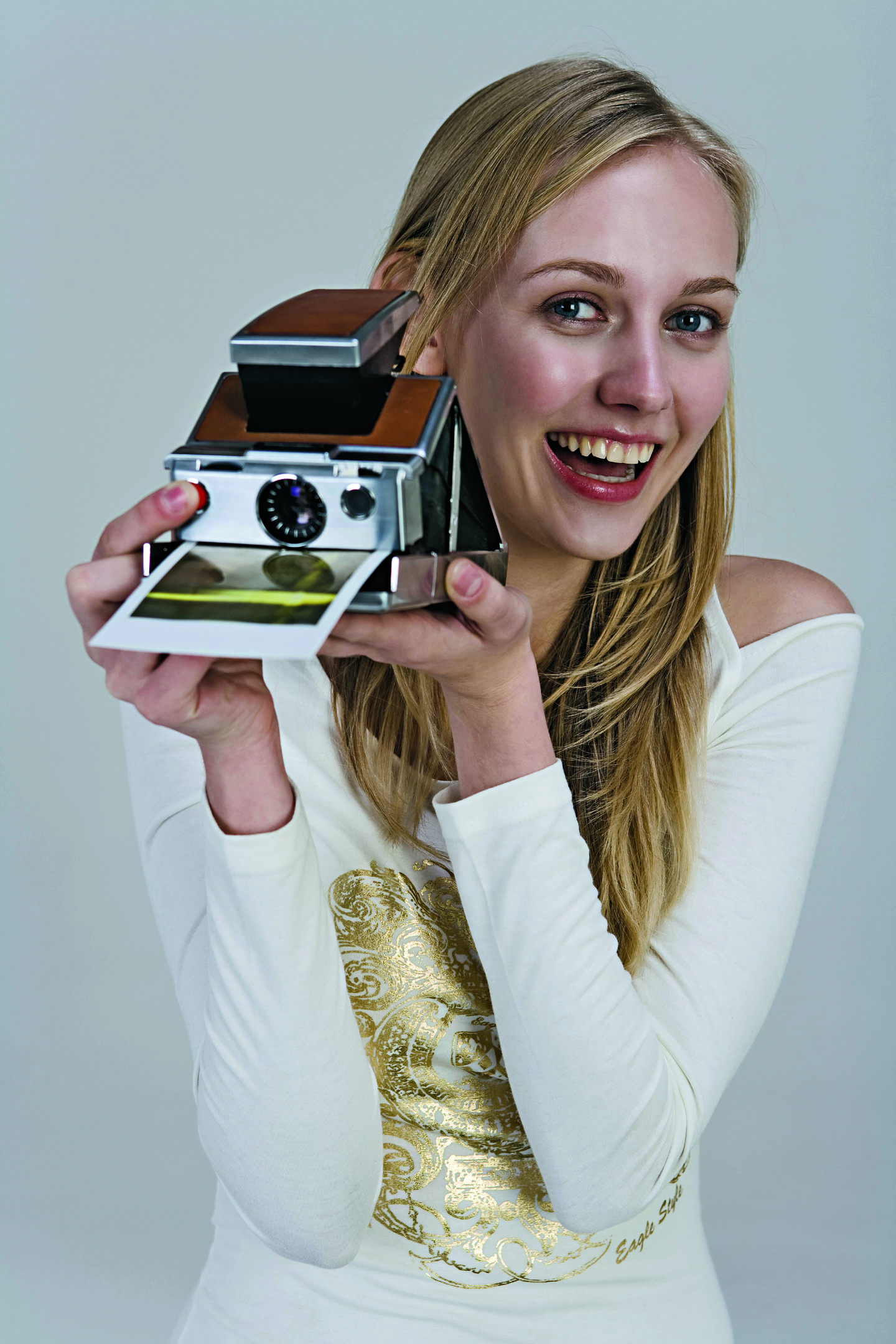
It’s the size of a digital camera, has digital camera quality, but also prints 2×3 inch pictures on the go. And because the technology doesn’t use ink, you can hold the photos without fear of the colours running before they dry.
As the way we purchased music changed, so did the way we listened to it. From turntables to ghettoblasters to Walkmans to iPods, the technology got smaller and more portable, as did the headphones.
The massive over-the-ear “cans” reduced in size until eventually Apple’s in-ear buds, measuring less than an inch, became the standard.
Purists complained about the sound quality, so hip-hop star Dr Dre and a record company executive created Beats, a return to the old-style cans but with
21st-century technology that made them wireless and produced terrific sound.
Alongside competitors like Bose and Sony, the headphone market is now worth $8 billion per year at retail – a world away from the free earphones that came with iPods just 10 years ago.
Stuck in the past
While VHS tapes have become a niche market for collectors, we’re never likely to go back to using VHS recorders to tape our favourite telly programmes when we have hard drive recording machines like Sky+ and Vevo. And unlike vinyl, VHS can’t claim to be of better quality than what came afterwards.
The future isn’t much better for the video tape’s successor, the DVD.
With so much content now available to stream at the click of a button from our couches, and not requiring any storage space, it turns out the Digital Versatile Disc isn’t quite as versatile as we might have hoped.
The MiniDisc never took off anywhere but Japan when it was launched in 1992 – partly down to its price – and the biggest surprise is that Sony only stopped manufacturing them in 2013.
Similarly, pocket TVs were never the hit many expected with one of the complaints being no one wanted to watch such a small screen.
Fast forward 25 years and everyone now seems quite happy to view content on a similarly-sized screen on smartphones.
Iconic gear that’s back in fashion
The futuristic-looking DeLorean car, below, was a complete failure and led to the company going bankrupt in 1982 but it became an icon thanks to the Back to the Future movies.
Now a low volume production of the model is to begin, with 300 cars slated for next year.2017.
They’re not at vinyl’s cool level yet but the much-maligned compact disc is showing signs of an upturn in fortune. Sales of CDs fell at the slowest rate in a decade last year in the UK, down just 3.7% to 53.6 million in 2015.
Compare that to the plunge of 20% in 2012 and the fact the format still generated revenues of £468 million in 2015, and the death knell for CDs is still some way off.
Anyone who’s ever called a number and realised they’ve actually dialled through to a fax machine will never forget the ear-piercing tone that greeted them.
This is one mode of communication that looked consigned to the dustbin, but now the trusty old fax is back in fashion because it’s much more security friendly than hackable emails.
Hollywood executives are using them to trade notes following a high-profile email hack, while they’re alsopopular in law and medical professions.
The Sodastream was in millions of kitchens in the 70s and 80s but after a while it seemed like too much bother to concoct your own carbonated soft drinks when you could just go down to the corner shop for a bottle of ginger.
But the product made a comeback in 2010, marketing itself as a healthier option to standard fizzy drinks and just like that we were getting busy with the fizzy once again.

Enjoy the convenience of having The Sunday Post delivered as a digital ePaper straight to your smartphone, tablet or computer.
Subscribe for only £5.49 a month and enjoy all the benefits of the printed paper as a digital replica.
Subscribe